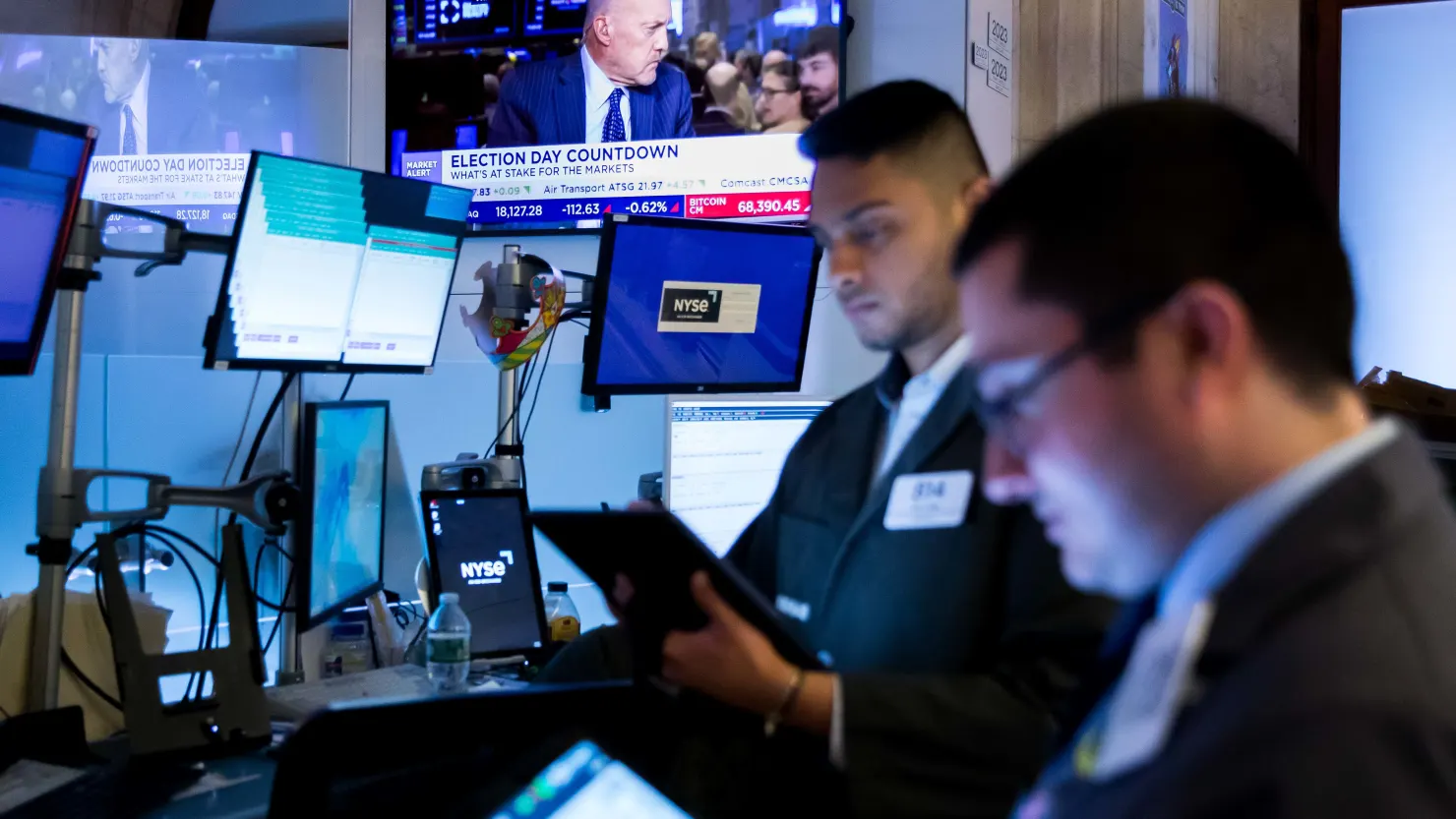Historically, the stock market tends to rise after a presidential election, but investors should brace for potential short-term volatility before any upward momentum sets in. According to data from CNBC, the three major market indexes have generally recorded gains between Election Day and the end of the year during presidential election years since 1980. However, this upward trend is not without its bumps.
In the immediate aftermath of elections, all three indexes typically experience declines during the session and the week following the voting. Despite this, historical trends indicate that most, if not all, of these losses are usually recovered within a month after the election, suggesting that investors should not expect an instant surge in the market on the Wednesday following the polls.
This year, the uncertainty surrounding the presidential race adds another layer of complexity, as the contest remains tight, and results may not be finalized by Wednesday morning. Additionally, close congressional races could prolong the uncertainty about which party will control either house of Congress.
“The election is now center stage as the next catalyst for financial markets,” stated Amy Ho, executive director of strategic research at JPMorgan. She cautioned that the uncertainty surrounding the election outcome could persist, noting that certifying results could take days for the presidential election and potentially weeks for House races.
This election cycle follows a remarkably strong year for stocks, which has driven the broader market to all-time highs. With a gain of approximately 20%, 2024 has marked the best first ten months of a presidential election year since 1936, according to Bespoke Investment Group.
As investors navigate the post-election landscape, staying informed and prepared for fluctuations will be key to capitalizing on potential market opportunities that historically follow election results.




